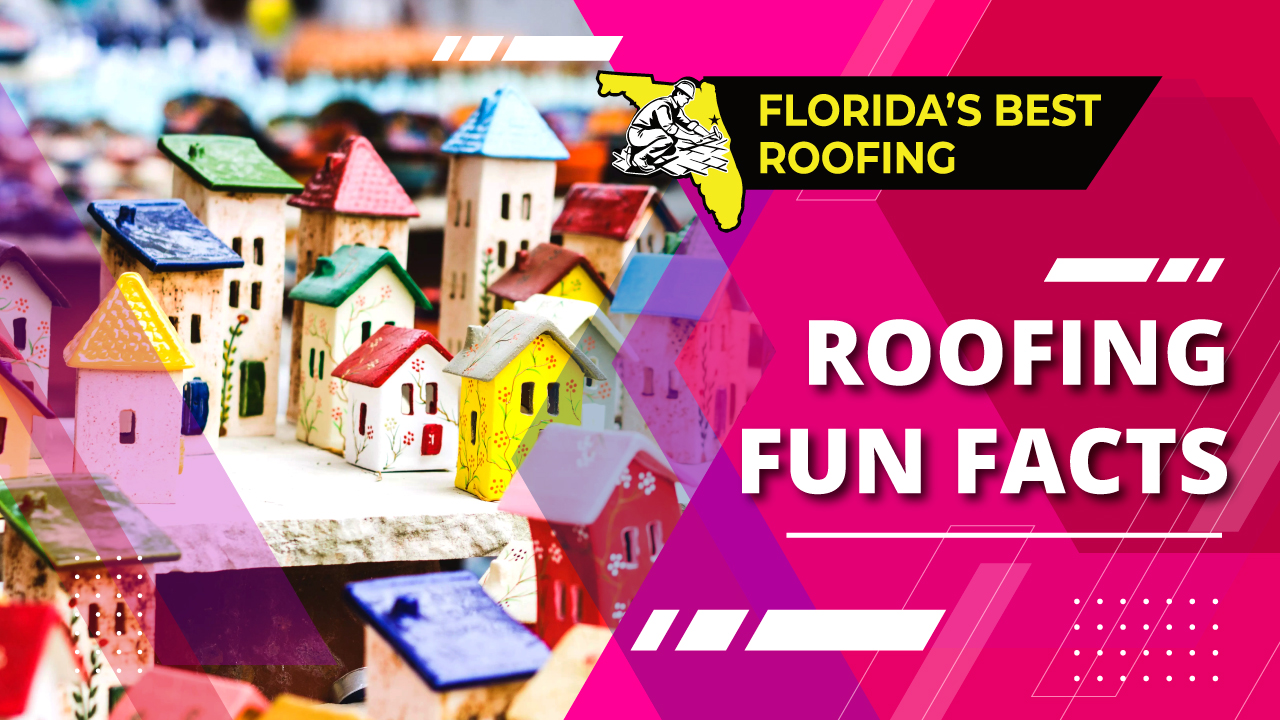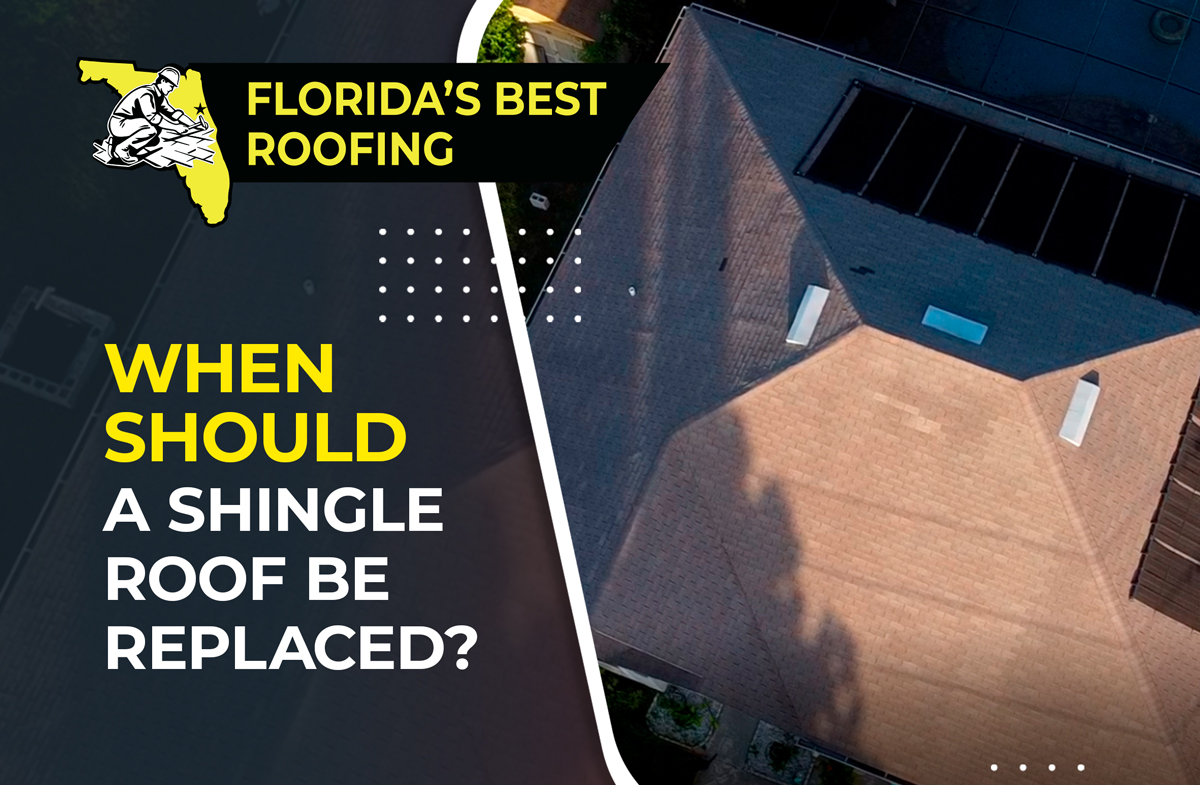Roofing Fun Facts
This week we have decided to go in another direction and post a light-hearted and hopefully entertaining article with some fun and miscellaneous facts about roofs, the roofing business, and the roofing industry. Although roofing is a serious business which ensures the safety and structural integrity of your home, it can be interesting too. Hopefully this post will peak your interest in our chosen profession.
- Roofing has a long history! As you might imagine, from the earliest times of human civilization, people have needed roofs over their heads. Roofs are a key component of shelter, one of the most basic necessities for human survival. While thatch and other natural elements like leaves were used as the first roofing materials, stone and clay were utilized much earlier than you might imagine. There is archaeological evidence of clay tile and stone being used as roofing material thousands of years before the current era. That is over four thousand years ago!
- Did you know that the Roman Empire had a cross Mediterranean manufacturing industry dedicated to building materials? They manufactured clay roofing tiles very similar in shape and quality to the ones used today! You can still see examples of intact Roman roofing tiles in museums. These tiles were standardized in shape and size across the empire to be employed in uniform building techniques. Individual factories also occasionally stamped their tiles to identify their place of production, the factory owner, or the foreman in charge of production. These stamps could include lettered inscriptions or symbols. Sometimes finger swipes and other marks made about two thousand years ago when the clay was still wet can still be identified by archaeologists today!
- Some of the earliest human dwellings were dome shaped huts with roofs made of reeds and thatch. The shape of the stately concrete or stone dome that is most familiar to us in the form of the Capitol building in Washington D. C., however, has its beginnings in the Sumerian civilization of Mesopotamia in the third millennium before the current era. The largest unsupported concrete dome, which still stands perfectly preserved to this day, is the Pantheon in Rome. It was built as a temple by the Romans in the second century of the current era and now functions as a catholic church. It is one of the most popular tourist attractions in Rome and has seen continuous use for about two thousand years.
- In the United States, the most popular roofing material is asphalt shingles, which were invented only about one hundred years ago. Asphalt shingles cover about seventy five percent of homes in America. They are a versatile, relatively inexpensive, and aesthetically pleasant roofing material which contributes to their popularity.
- The technologies involved in the manufacture and installation of roofing material are constantly improving. For instance, while asphalt shingles manufactured twenty to fifteen years ago stood up to maximum wind speeds of sixty-five miles per hour, shingles commonly used nowadays can stand up to winds of one hundred and thirty miles per hour. That is double the wind resistance and includes hurricane force winds! Likewise, while in the past consumers were encouraged to stay away from darker colored roofs in hot areas like Florida to avoid heat absorption, in the present the advanced materials we use function equally well in heat protection, whether light or dark. Black asphalt shingles are quickly growing in popularity.
- Metal roofing technologies are also quickly improving and providing a popular alternative to tile and shingle. Metal roofs are less expensive than tile and have higher lifetimes than asphalt shingles. They are also lighter, in fact, they are even lighter than wood shingles or shakes. Also, contrary to popular expectation, metal roofs do not attract lightning more than other roofing materials. They can actually protect your home from lightning since metal is not combustible.
- Water tends to glide down a sloped surface before dripping. For this reason, the origin of a leak can be found ten or more feet away on the roof surface from where you may see it on the inside. If you identify a leak, it is crucial to have the roof inspected by a licensed and experienced professional to find the appropriate repair solution.
Leaks should never be taken lightly. At the first sign of a leak, be sure to consult with a roofing professional to find the source of the problem and a possible solution. Whether you have a tile, metal, or asphalt shingle roof, if you are in the Palm Coast, Flagler, or Volusia area, please give Florida’s Best Roofing a call at 386-263-7906 for a free estimate!



